Vogue Scandinavia pays a visit to one of the Nordic region's closest neighbours, Estonia, to get the lowdown on the latest in local design at Tallinn Fashion Week
When perceived next to Scandinavia – and the rest of the world – Estonia is a comparatively young and small fashion nation, but it holds a long tradition in sewing and handicraft. Many of the designers represented on the Tallinn Fashion Week schedule belong to the first-generation of fashion designers who started out around 1991, when Estonia became independent again.
Perhaps that’s the reason behind the fresh individualism and boldness seen across this year's schedule, along with an undying urge from the designers to scour the world for inspiration. It also prompts curiosity in what the next generation of designers in Estonia have in store.
This year, Tallinn Fashion Week served up a melting pot of influences. Designers' references spanned from sunny beaches of Australia to the kimonos of ancient Japan, with generous doses of sunshine and bright palettes of orange and yellow.
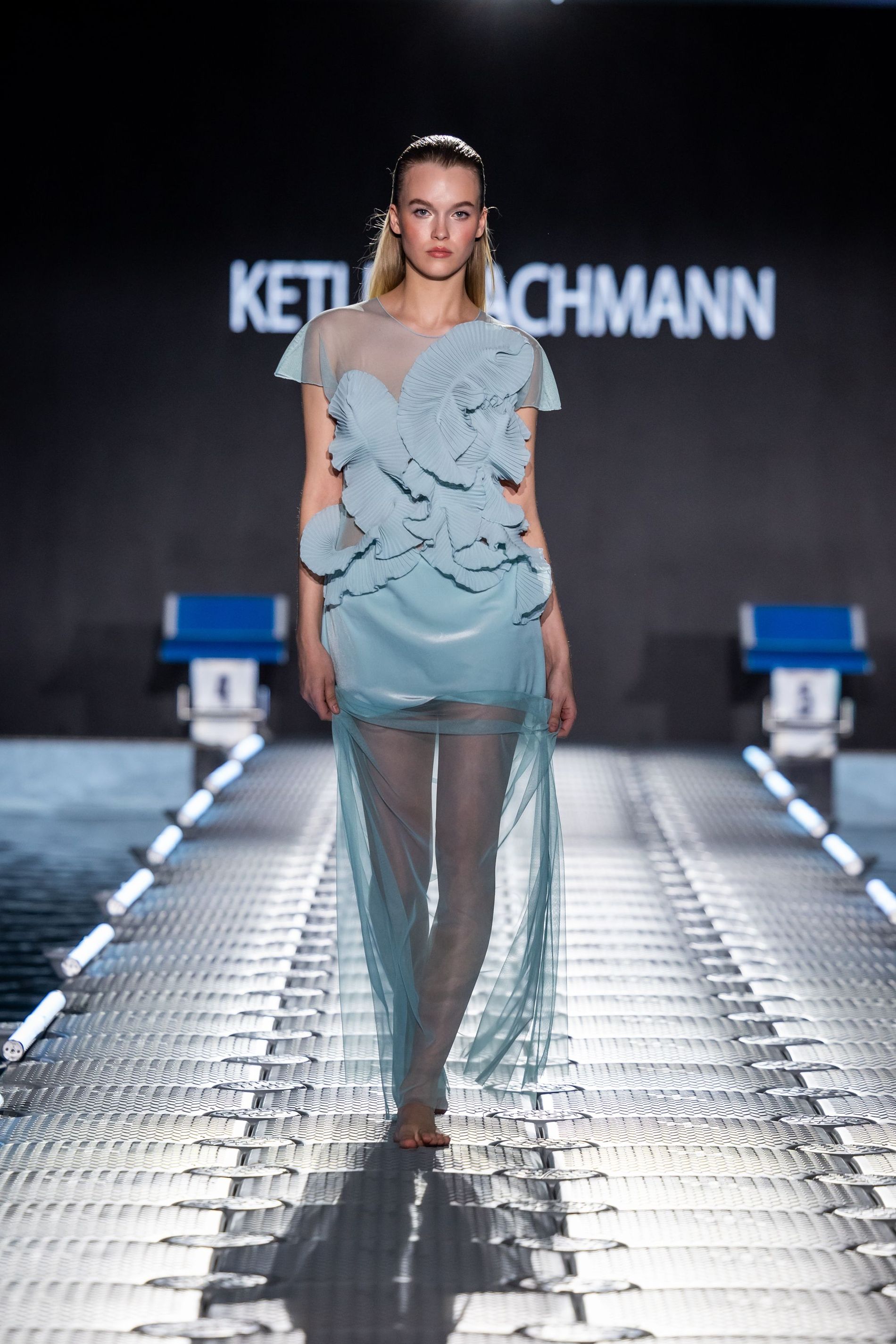
Ketlin Bachmann.
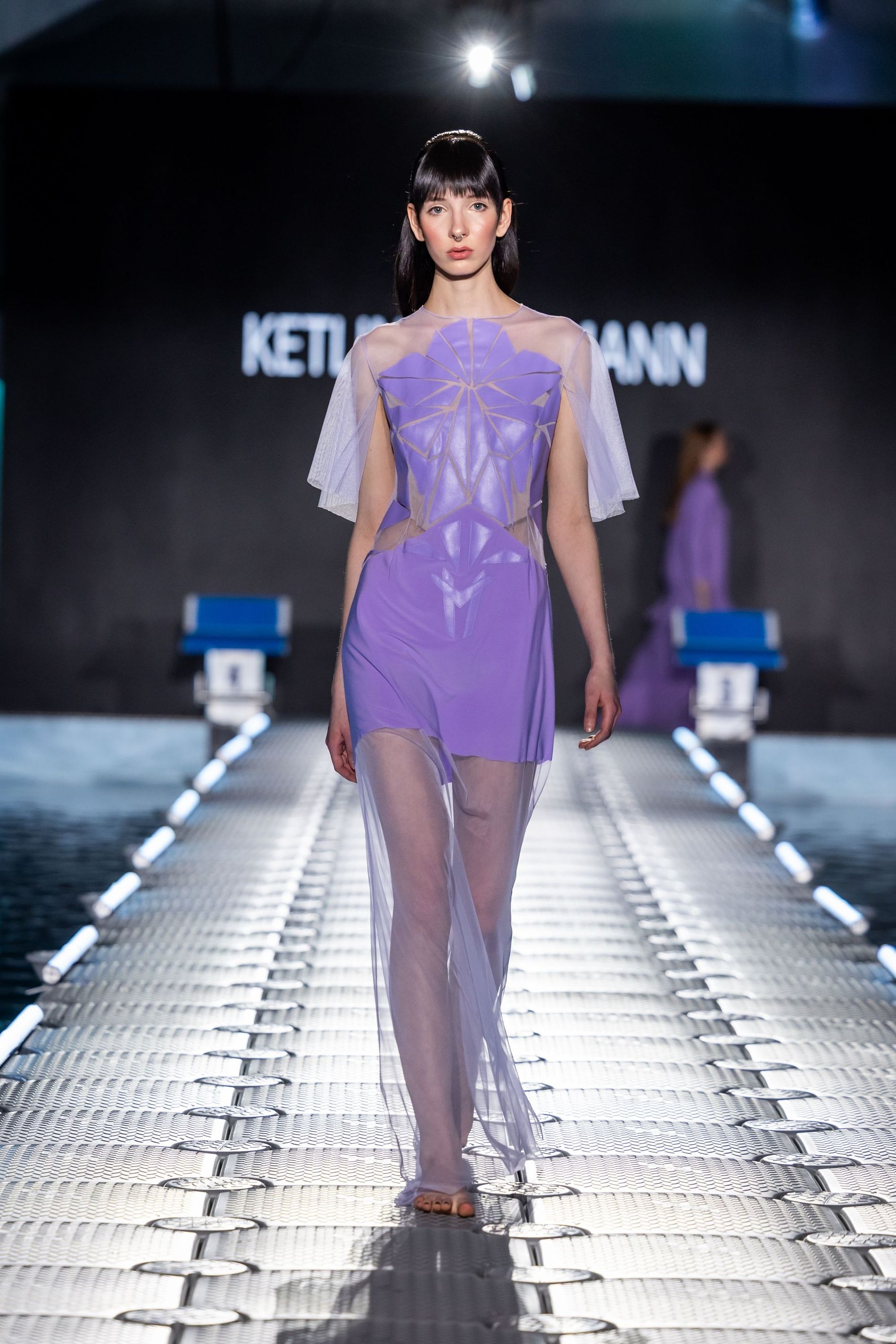
Ketlin Bachmann.
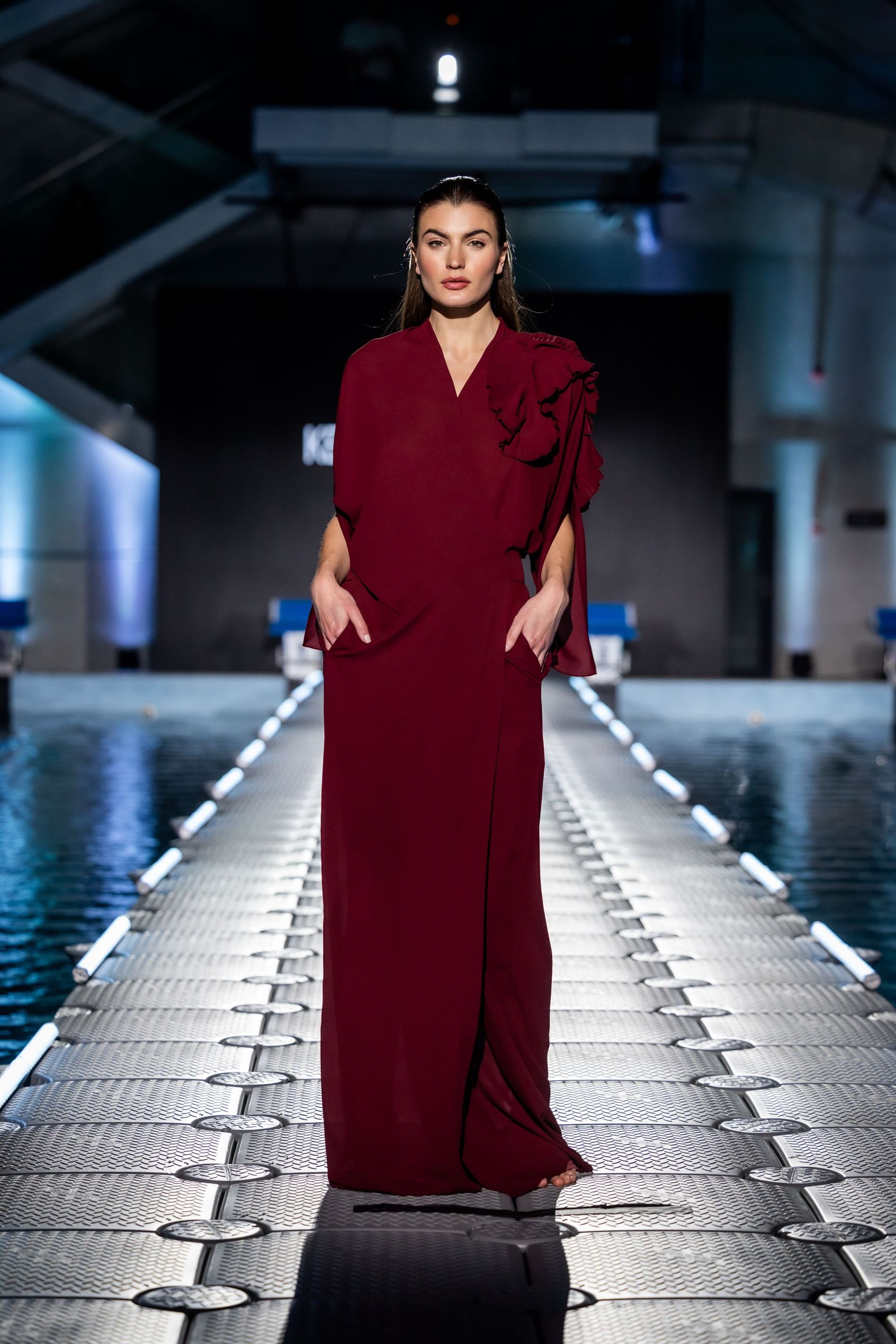
Ketlin Bachmann.
Designer Ketlin Bachmann describes the Estonian fashion aesthetic to be non-specific; more so a blend of many varied references and tendencies. “We have close roots to nature and our complicated history, with both Scandinavian and Slavic influences,” Bachmann says. The spring/summer '24 collection by her namesake brand is one which, as aforementioned, references the kimono. "In this collection, I've tried to capture the ultimate simplicity and beauty of the ancient garment and express my vision of its enigmatic quality, with a modern twist.”
Meanwhile, Kriss Soonik’s surf vibe collection was inspired by the laid-back attitude she witnessed in women at the beach in Australia. She describes one woman in particular who caught her eye. “She became my muse. When she came down to the beach she was wearing a towel robe over her bikini, a cap, and had a book in her hand. That sparked my motto: ‘You can wear a robe anywhere if it's a cool robe’,” the eponymous designer says.
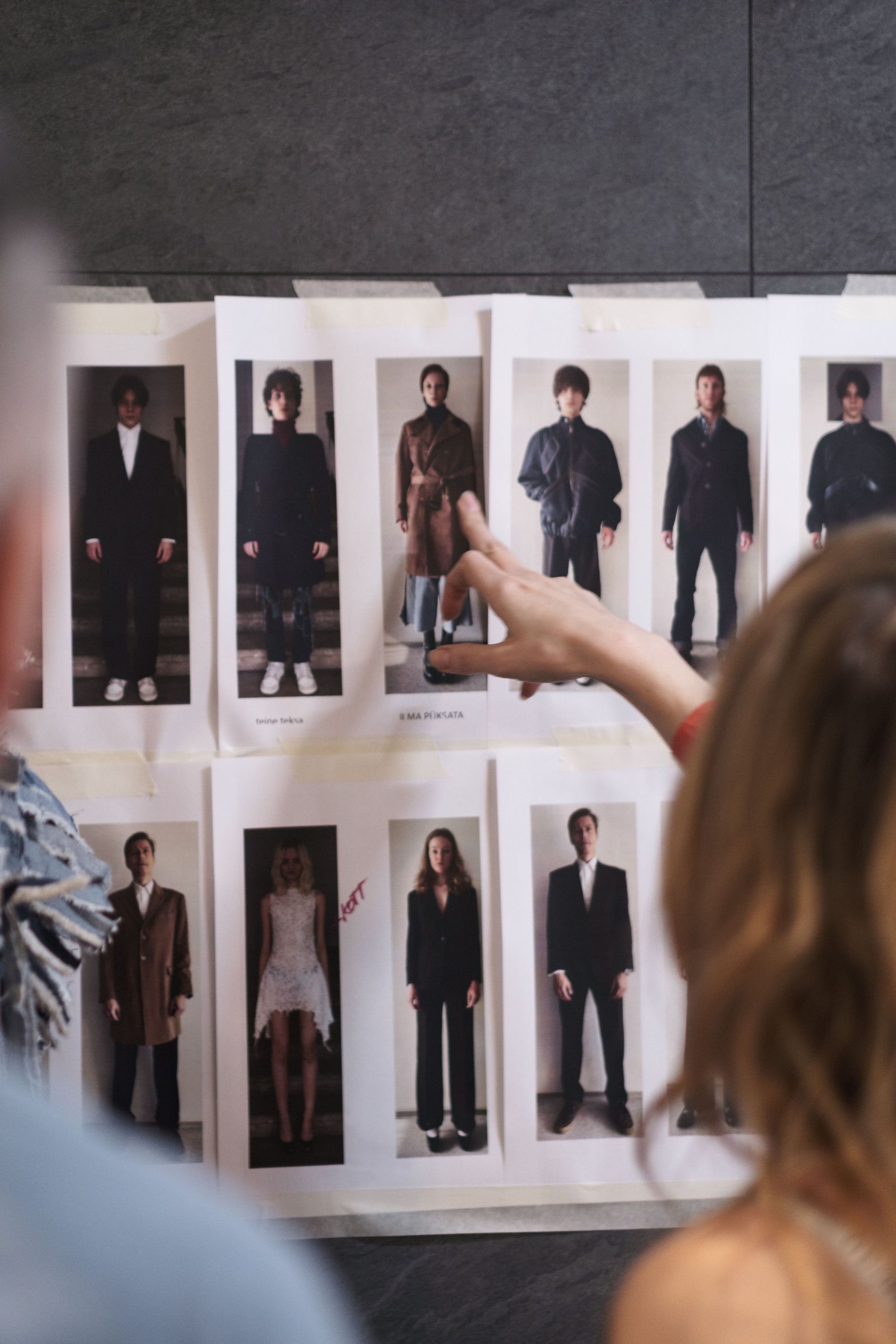

Kriss Soonik .
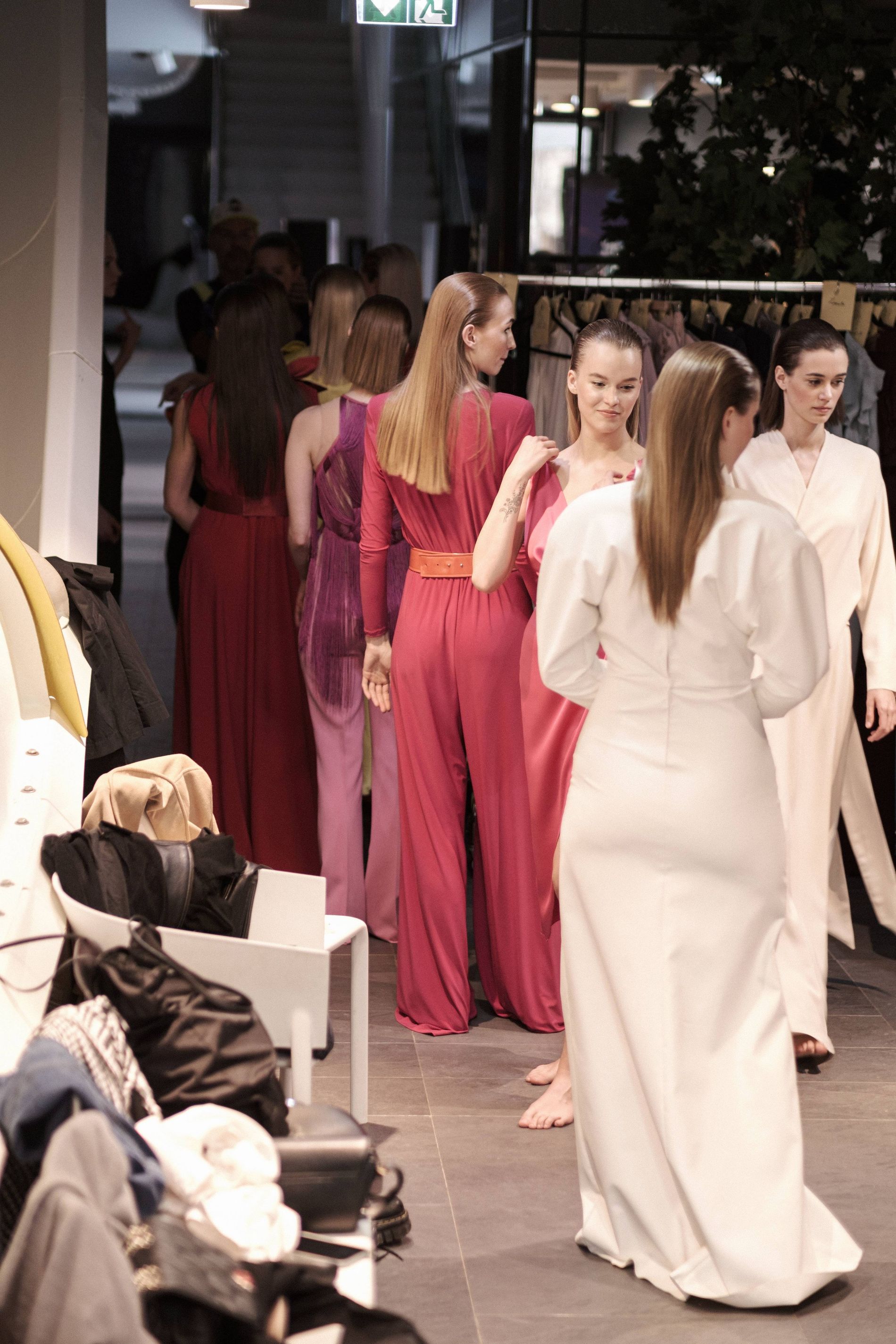
Soonik started out 15 years ago working exclusively with lingerie, but nowadays, her collections also incorporate ready-to-wear and swimwear designs. “It’s by moving and visiting different places that I get inspiration. If I stand still, I get bored.” Traveling to Tokyo gave her inspiration for her earliest collections which, naturally, was well received in Japan – which remains one of the brand's biggest markets.
“I always loved the culture in Japan, especially the comic characters of Manga,” Soonik says. “I believe there is a lot of similarities in Estonian and Japanese culture. I think my lingerie is popular because my collections never been over sexy, only with naughty details. My design is more cute than sexy.” Soonik wants the women wearing her clothes to feel like their best self, regardless of mood, age, or size. “It is a type of lifestyle. I believe it matters what you wear. Sometimes women want to stand out and sometimes they want to stay in the background. It should be possible to do both.”
When describing the typical wearer of her clothes, Soonik pinpoints it as someone like her. “I’m a 40-year-old entrepreneur and mum trying to juggle life,” she says. “I started when I was 25. I’m different person now and my customer is growing with me. When I’m changing, she is changing with me.”
We always aimed to be like the Swedes and Danish in design. With the heritage from earlier the design hade a more Slavic touch, but today there is a lot of young designers who are more influenced by the Nordic and Scandinavian.
Kriss Soonik, designer
According to Soonik, influences on Estonian design have evolved over the last 15 years that she's been in the game. “We always aimed to be like the Swedes and Danish in design. Originally, Estonian designers had more of a Slavic touch, but today there is a lot of young designers who are more influenced by the Nordic and Scandinavian.”
Soonik manufactures all of her collections at a Tallinn studio. “Estonia is such a small place and there are no big textile industries, it is more like handicraft in small studios. That works well with the new trend of slow fashion. Smaller is better than bigger. We can do small things that reach far out in the world.”
The Kriss Soonik presentatino at TFW ended with Soonik's own interpretation of the Australian dream: a big splash into the pool surrounding the runway by Soonik herself.
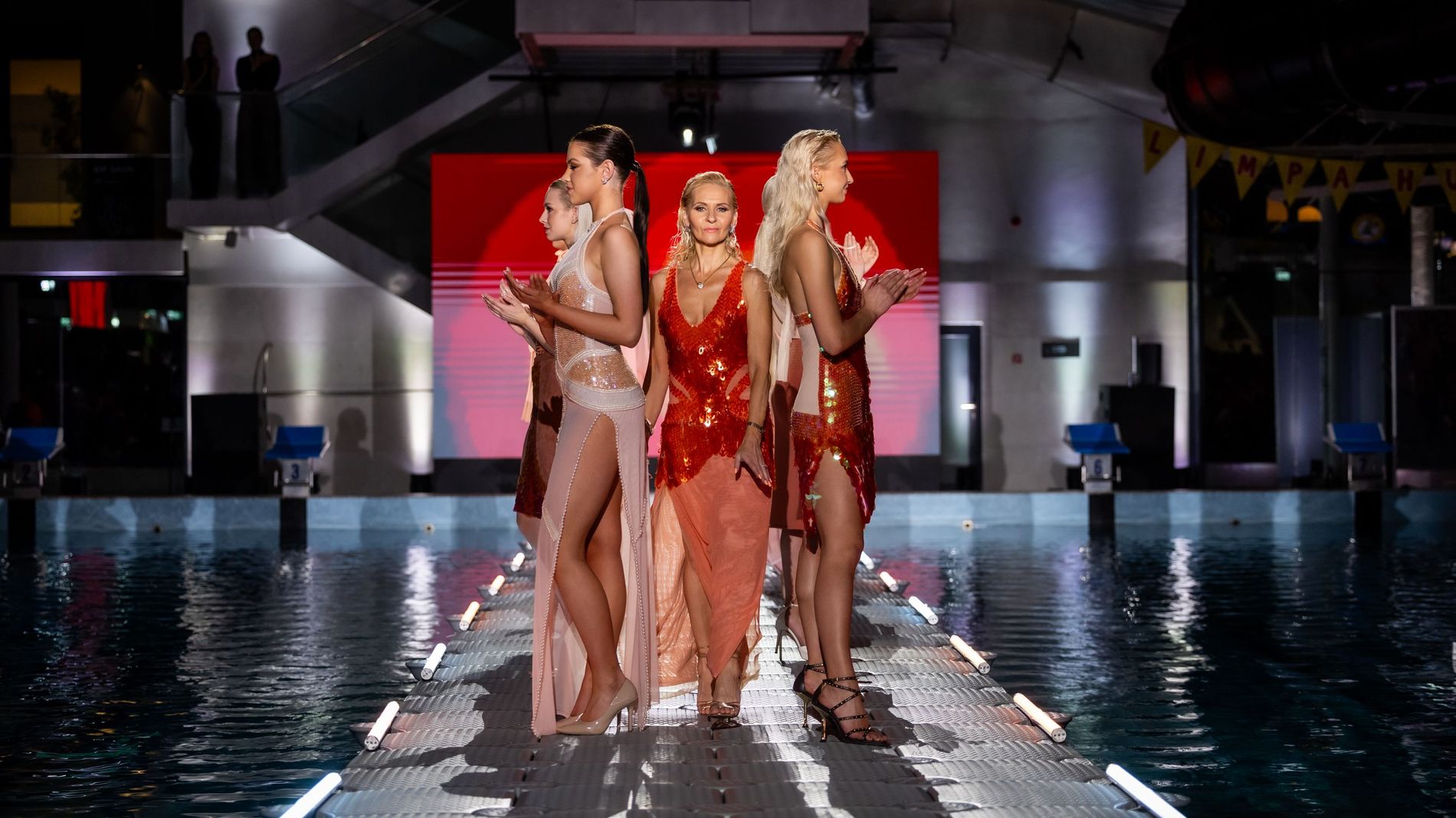
Designer Siret Esko’s collection Golden Hour was inspired by light in the city – both the bright rays that are absorbed by modern, shiny office buildings and the late night illumination in urban centres. The garments that appeared on the TFW runway were embroidered with graphics that conveyed the effect of the late sun hitting walls, windows and alleys. According to Esko, the beadwork for the 26 pieces in the collection took half a year to finish with the help of four embroidering interns. Her muse for the collection? Working women who made a beeline for after-hours dinners and rooftop parties.“Estonian women are practical and thoughtful when choosing clothes,” Esko says. “I wanted to create easy to wear couture that would be hand-washable in fabrics that doesn’t wrinkle and keep its shape.”
She started making clothes for dancers 25 years ago and it was then she learned everything about beading and embroidery techniques and fabrics. In 2016 she started creating clothing under the brand Siret Design with the easy movement of the dancer in mind.
